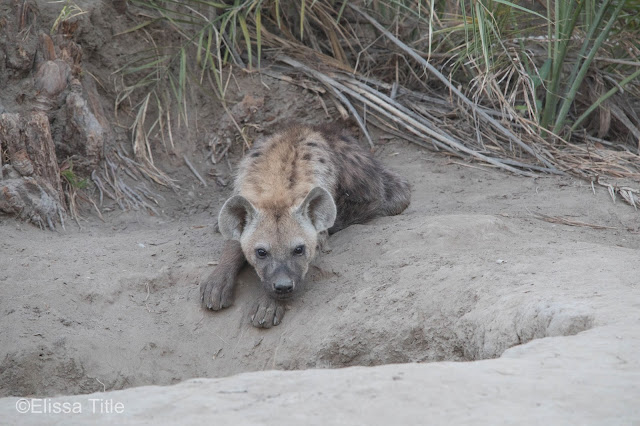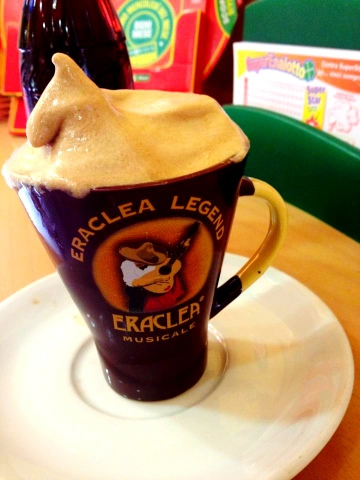In the morning, we took the Shinkansen bullet train to Hiroshima. Japan's shinkansen "super expresses" first opened in 1964, only nine days before the opening ceremony of the first summer Olympic games in Tokyo. Since then, the trains have carried nearly 6 billion people, tourists and locals alike, between Tokyo and Osaka.
 |
| Train station in Kyoto with the shinkansen arriving |
With speeds over 180mph, the shinkansen ranks as one of the fastest trains in the world. The Japanese country side can be very hilly, so the train goes through many tunnels. When you do see land, however, you're treated to beautiful sights such as the one below (near Okayama).
 |
| Views of rural Japan from the train |
|
Of course, it's always fun to look at the names of buildings. The English here is often very funny, like Great Pumpkin karaoke.
 |
| Looking at funny English translations |
After about an hour, we were in Hiroshima. Hiroshima is a busy, modern city (since everything was destroyed from the war) that sits on a series of sandy islands in the Ota-gawa River Delta of the Chugoku region. Its strategic location helped Hiroshima grow rapidly during the modernization of the Meiji period (1868-1912). Now, Hiroshima has become a large industrial center with a busy port. Hiroshima is of course most remembered for its role in World War II as the site of the world's first atomic bomb. As we crossed the river to the A-bomb building, I stopped for this unique perspective looking through the hand railing of the bridge.
 |
| Looking at the A-Bomb Dome through the bridge railing |
|
The A-Bomb Dome is a symbol of peace, designed by a Czech architect in 1915. Since the Hiroshima Prefectural Industrial Promotion Hall was located about 524 feet away from the hypocenter the building was blown up. However, the building wasn't completely destroyed. It was designated a UNESCO World Heritage Site in 1996. The bomb target was the t-square shaped bridge, but the target was missed and struck the hospital instead.
 |
| A-Bomb (atomic bomb) Dome |
|
During the war, Japanese children were ordered to work for the war effort. Children became "mobilized students", serving the government, and as a consequence of the atomic bombing of Hiroshima on August 6 1945, there were more causalities among the mobilized students here than in other prefectures. The inscription on the five-story tower narrates how the students sacrificed their springtime of school to work for their nation, though they were made to work year round. The government said male students should work for 10 hours (no longer than 12) while female students should work no longer than 10 hours. There were approximately 8,400 students involved in forced labor.
 |
| Memorial tower to mobilized students |
|
 |
Paper cranes at the memorial tower to mobilized students
The Children's Peace Monument was built using money derived from a fundraising campaign by Japanese school children, including Sadako Sasaki's classmates. Sadako Sasaki is known for her 1,000 paper cranes. She was only two when the bomb struck, and died ten years later from leukemia. During her time in the hospital, she folded paper cranes spurred on by the saying that one who folded 1,000 paper cranes was granted a wish. The monument was designed by native artists Kazuo Kikuchi and Kiyoshi Ikebe and features a figure of Sadako Sasaki at the top. It also has a figure of a boy and girl at the sides, and a paper crane bell in the middle.
|
 |
| Paper crane bell at the Children's Peace Monument |
|
After a one-hour drive to Miyajima, we boarded a ferry. While the ferry ride was only eight minutes, it felt like forever with the crowds of people. Approximately 4 million people visit Miyajima each year which is over 10,000 people per day. When we got off the ferry, we had to walk to our ryokan... dodging people along the way. Of course, I had to stop to take a picture of the famous torii gate! Since the tide was low and I hate having people in my photos, I only photographed the top part. Continue reading for more shots later on! :)
 |
The famous "floating" torii gate of Miyajima
|
Dodging crowds is exhausting, so we quickly made our way to the ryokan in the heat of the day. A ryokan is a type of traditional Japanese inn originating in the Edo period (1603-1868) when such inns served travelers along Japan's highways. The rooms feature tatami mats and you sleep on futons. After a quick rest, we went back out to walk around. Craving something sweet, I made my way to the nearest ice cream shop where I tried something entirely different... baked sweet potato soft serve ice cream with cornflakes at the bottom (only in Japan!!). The hot sweet potato with the cold soft serve was the perfect combination on a hot day, and who knew cornflakes would taste good with ice cream?!
 |
| Baked sweet potato ice cream with cornflakes |
 |
| The street leading to our ryokan |
|
Being the photography nerd that I am, I recognize the significance of photographing at different times of the day. When we arrived on the island, the tide was low so I wanted to come back to see the torii gate in the water. I did some research (aka going on Instagram) and noticed that the torii gate actually lights up at night. So, I returned to the torii gate with my tripod in hand. It was still low tide at 9pm but after an hour of very patient waiting, the tide started to rise and I began my long exposure shots. The ripples in the water were really pretty but to better see the reflection I did a long exposure so that the water would be glassy.
 |
Long exposure of the torii gate
|
 |
Long exposure from a different angle
|
That's all for now... Stay tuned for more Japanese adventures. Be sure to hit the subscribe button to be notified of new posts, as there is a time difference and sometimes unreliable internet!























Comments
Post a Comment